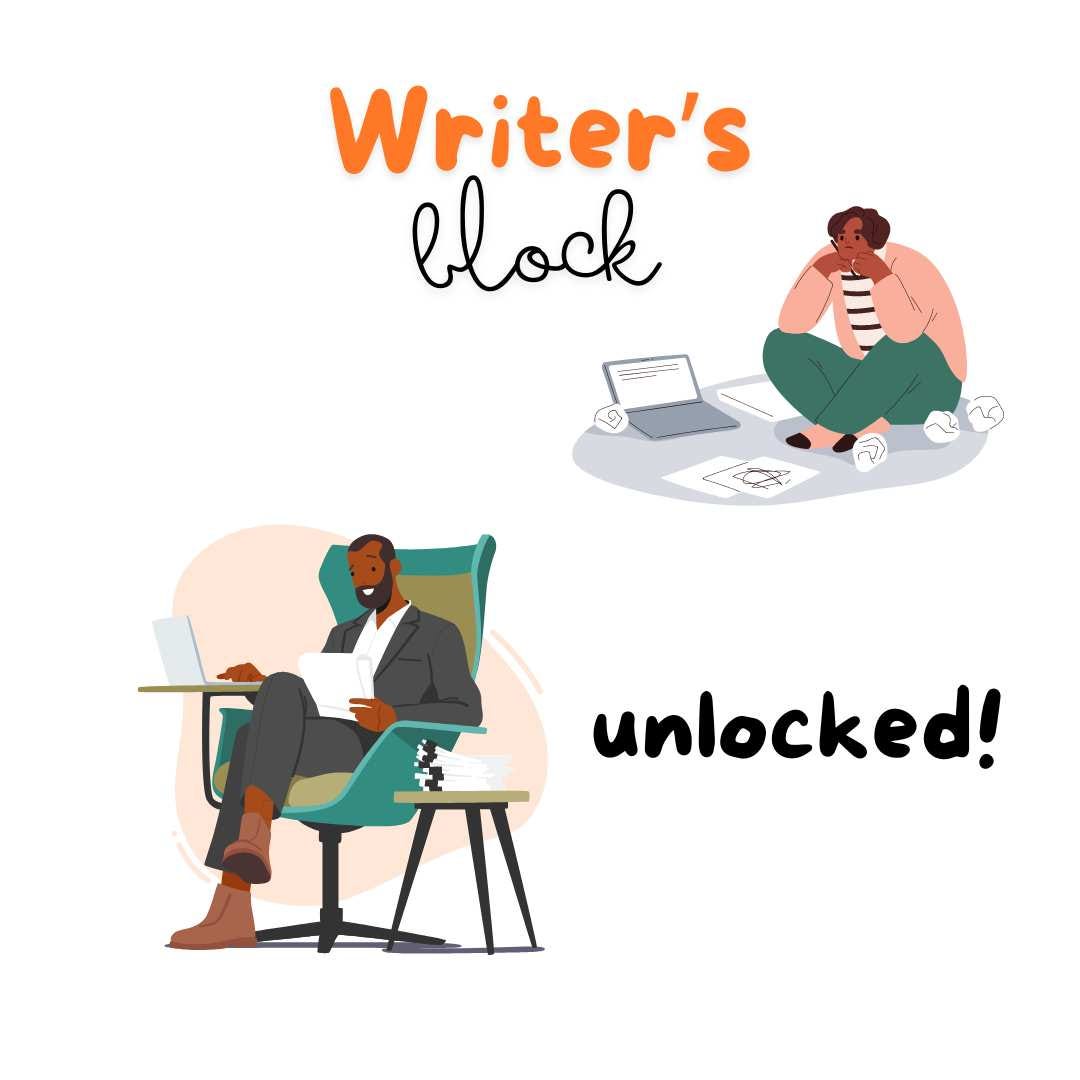Writer's Block Unlocked
Where do ideas come from?
I edit and teach writing, but I also write. I imagine most of us who work in creative fields, as the saying goes, not only teach, but also do. Just like I have been on both ends of that red pen, I’ve also stared at my laptop wondering how to move the ideas from my head to fingers to keys to page.
Where do ideas come from? How do we find those ideas, free them, and then organize them into a coherent, interesting, correctly written novel? Here are a few sources of inspiration along with tips I’ve shared with clients and students over the years to prevent writer’s block from stopping your flow.
You. Your life, your experiences, your family, your hopes, dreams, failures, and successes can all be used and transformed into stories. You don’t have to write a memoir or tell your life story to write about you. Pick a detail that stimulates ideas. Maybe a house you lived in as a child or the memory of a faded red canoe lying on a dock will evoke feelings for you. Write about something that moves you, and truly analyze why. Your reader’s emotional investment in your book starts with caring about something, so find an object, a memory, an experience and dig deep. WHAT does it make you feel? How can you convey that with a reader?
Things that fascinate you that you want to understand. Curious about global warming? What it really means to eat organic? Whether you write fiction or nonfiction, poetry, etc., focus on something you want to learn more about and your creativity may kick in. How to fuse a topic and a story? Don’t overwhelm yourself with detail. Start with a manageable goal. Write one paragraph from the point of view of someone trying to get a good friend to start composting. One paragraph might lead to two, and so on. That might lead to a romance novel (a meet-cute with the guy next door who says your character is composting wrong), a thriller, (someone caught on camera buying composting supplies at the local hardware store disappears!) or something horrific (how can we not think about digging up a body when we’re digging up our yard!)
Things you love. Or, things you hate/dislike/fear. Emotion is the catalyst for action, so it makes sense that emotion will also motivate stories and ideas. Are you passionate about vintage fashion? Pencil drawing? Make notes about anything that catches your eye at the mall–especially things you would never buy/always buy, etc. Anything that attracts you–or repels you–has the seed of a story in it. This can apply to anything you react to emotionally: people, ideas, and even places.
Emotion is the catalyst for action, so anything that provokes or evokes emotion can stimulate story ideas.
History. You don’t have to write historical fiction to love history. Look into the past and find the amazing stories there. Friends who helped others, started businesses, succeeded against odds. You can use real history (changing the details of course) as backstory for characters or as inspiration for a future world. The seeds of stories are everywhere!
Animals/Nature. Our natural world is filled with stories that are fascinating! Have you heard about arctic sponges so large a human could hide inside them? Do you know how sushi vendors grade fish? Take any element in our natural world and play with it. Maybe you’ll be motivated to write a fantasy piece that takes place in a frigid climate, or about a sushi fishmonger who bucks 200 years of family tradition to go into another career… Look around and pay attention to what makes your feel something. You may find inspiration is all around you!



